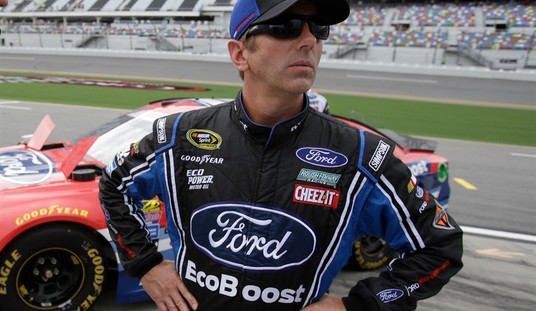This clever video from Mode.com tracks a century of American dinners, from 1915 to 2015. We start with roast beef and Franconia potatoes, then proceed through chipped beef, Spam, the classic TV dinner, fondue, humble mac-and-cheese and the more ethnic-and-health-inspired meals of the 21st century.
But there are always reasons for why people eat what they do, and they’re part fashion, part fad, part food availability, part what you fear (Fat is bad! Cholesterol is bad! Eggs are bad! Potatoes are bad! Gluten is bad!) and part what you fancy (Fish is good! Raw fish is better! Quinoa, whatever it is, is good! Kale is good! Grass-fed, organic, artisan, raw — insert food here — is good!).
As pointed out in a 2001 newsletter from the University of California, in the early 20th century, mostly rural America valued energy-packed protein (especially beef), and dense vegetables like carrots and potatoes — all prepared from scratch by housewives or domestic help.
Salad was considered rabbit food, and fruit only good if it was baked into a pie — until vitamins were discovered in 1912 and improved the status of fresh fruit, vegetables and dairy.
But then the Great Depression, the privation and rationing of World War II, women entering the workforce, and the introduction of labor-saving machines — along with a postwar bulge in the home-owning, children-having middle class — drastically altered the way we thought about food.
From author Lizzie Collingham’s “The Taste of War,” as excerpted in The Huffington Post in 2012:
The advertising images generated during the war created an image of the meaning of victory as the freedom to indulge in all those luxuries which Americans had been denied during the war. In 1943 Norman Rockwell in the Saturday Evening Post illustrated the four freedoms which Roosevelt stated that he hoped the war would achieve for the world in his State of the Union address to Congress on 6 January 1941. Rockwell depicted the freedom from fear, freedom of speech, freedom of worship, and freedom from want, with images of ordinary Americans going about their everyday lives: parents checking on their sleeping children, a man speaking at a town meeting, a congregation at prayer in a church and a family seated around a table laden with food. The private, homely nature of the paintings reinforced the widespread notion that the grand ideals of freedom and democracy which Americans were fighting to defend were embodied in the details of the American way of life. Most particularly they appeared to be symbolized by an American family sitting down to eat a huge Thanksgiving turkey.
With the Internet, we’ve seen an explosion in the popularization of food science, resulting in a bewildering and contradictory flood of information about what one should and shouldn’t eat (and the remarkable amount of moralizing that goes along with it).
After millennia of bread being a staple food of much of the globe, the actual medical issues of a small percentage of people have morphed into a mass condemnation of the common protein gluten. At the same time, the growing emphasis on childhood food allergies — which affect about 5 percent of kids but apparently are on the rise — has led to heightened sensitivity of such common foods as peanuts and strawberries.
This has created headaches for restaurateurs and home cooks, who now have to negotiate a minefield of highly specialized food preferences, where what’s not in a food seems of equal importance to what is.
In a world which has relaxed most traditional moral standards into near non-existence, the dogmas of what you should or shouldn’t eat inspire debates worthy of the most persnickety medieval theologian — and the penalty for sinning against the “clean food” gods can get you shunned from polite company.
From a blog called Raise Your Vibration:
In the spiritual circuits if you eat animal protein you are labeled “not highly evolved” or “low vibration.” Then if you go vegetarian – that’s not good enough for the Vegans. Vegans feel we should not eat any animal products which means no dairy, no eggs, no honey, no sea vegetables (because they are full of tiny animal life forms such as plankton and tiny crustaceans). Then if you go vegan that’s not good enough for the “Raw Foodies” because everything must be raw, uncooked, unpasteurized. Then if you are “super special” you can work really hard to go against the design of the human body and become a “breatharian” where you eat no food and oftentimes no water solely living on prana or life force – this is an extreme lifestyle indeed.
Nothing is safe. A recent study indicates that black-coffee drinkers may be more likely to be psychopaths. Of course, they linked this less to coffee in particular than people who like bitter tastes (or don’t know how to brew a proper cuppa joe).
Or there’s the Jim Gaffigan philosophy, which involves eating ice cream by the pint to save the planet and asserting that kale tastes like “bug spray”:
https://youtube.com/watch?v=h2qKtAog4Zo









Join the conversation as a VIP Member